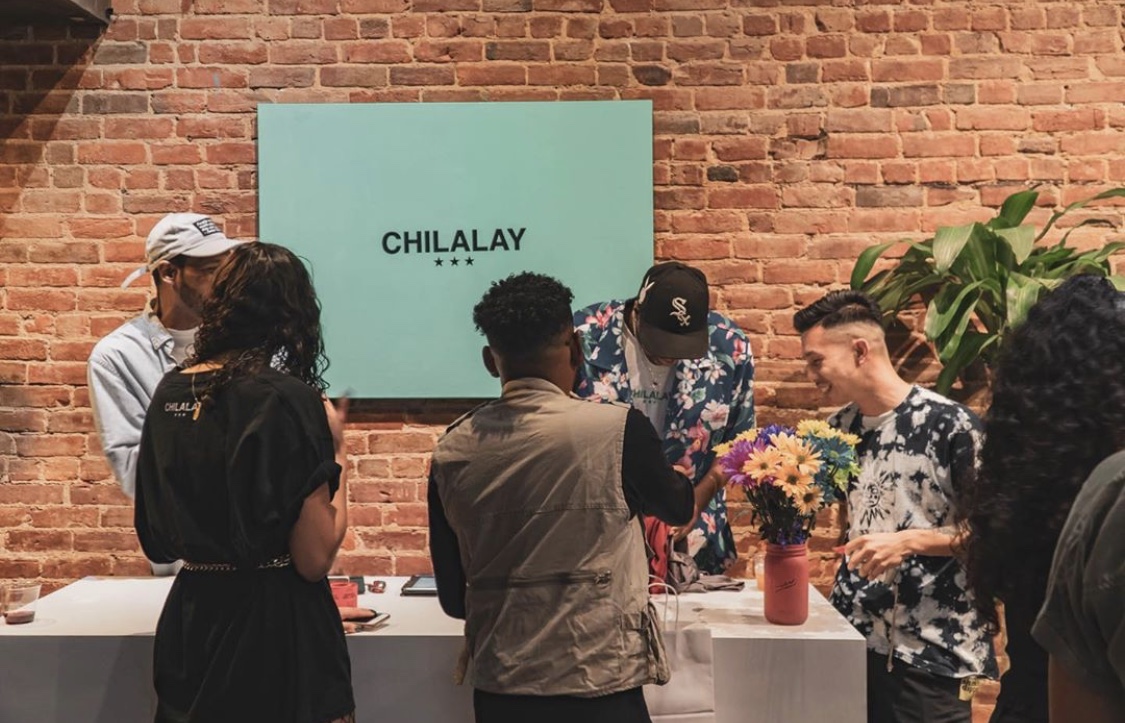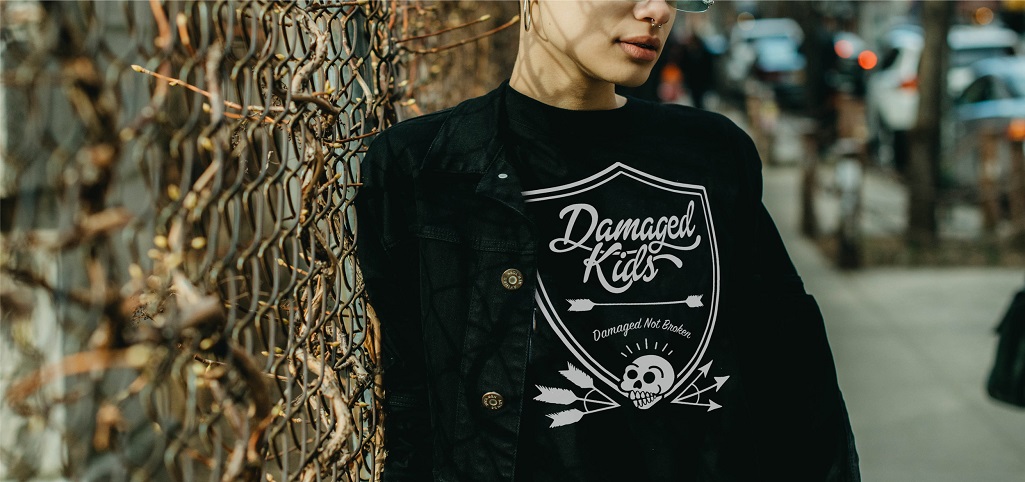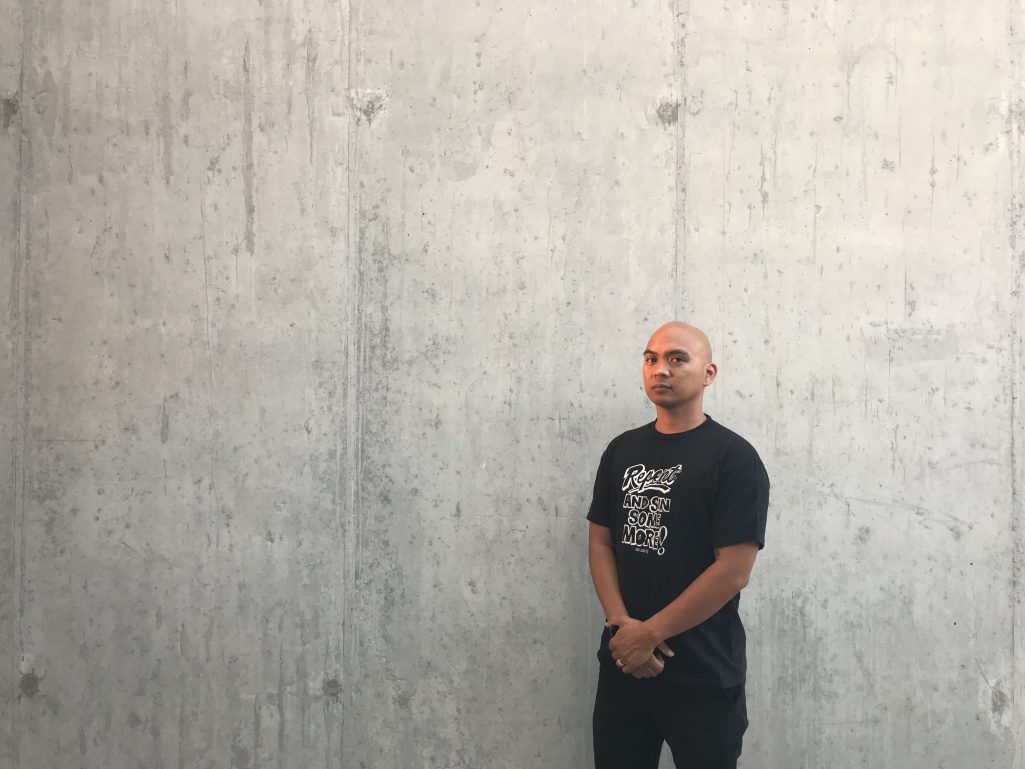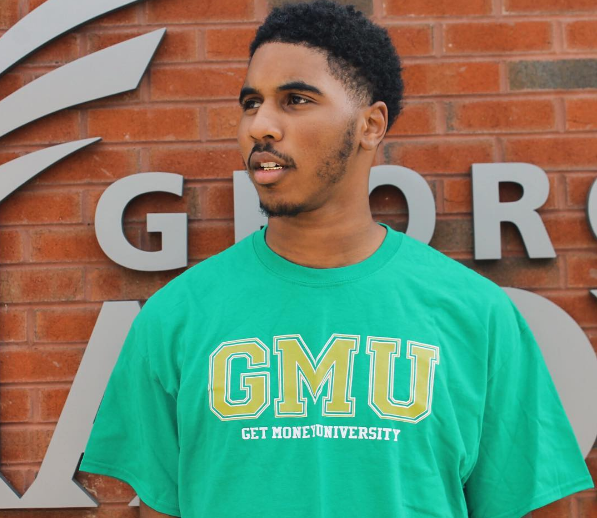First Friday brought a new retail streetwear outpost to Richmond's Arts District -- the first brick-and-mortar location for up-and-coming local fashion brand Chilalay. On a humid October First Friday in Richmond, Virginia, a street that connects different sections of...





